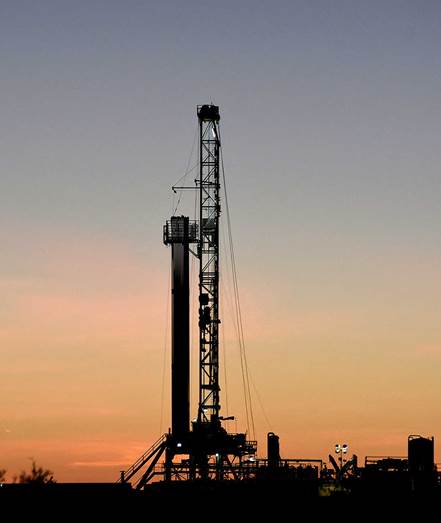Free Courses Sale ends Soon, Get It Now


Free Courses Sale ends Soon, Get It Now



Copyright infringement is not intended
Context: U.S. Senate approved a bill titled the Inflation Reduction Act (IRA) 2022. The IRA has a special focus on climate, healthcare, and tax provisions to address inflation.
Details:
What are the climate change provisions?
Why does the U.S. want to invest in addressing climate change?
Criticism:
How does the Bill help the U.S. achieve its climate targets?
Have similar climate packages been announced by other countries?
https://epaper.thehindu.com/Home/ShareArticle?OrgId=G8HA4S5M9.1&imageview=0
© 2024 iasgyan. All right reserved